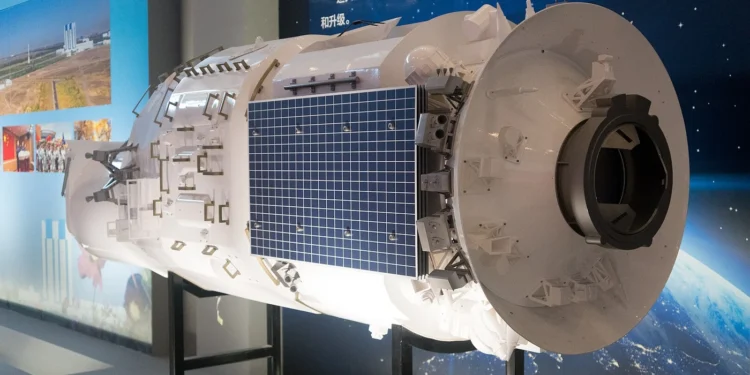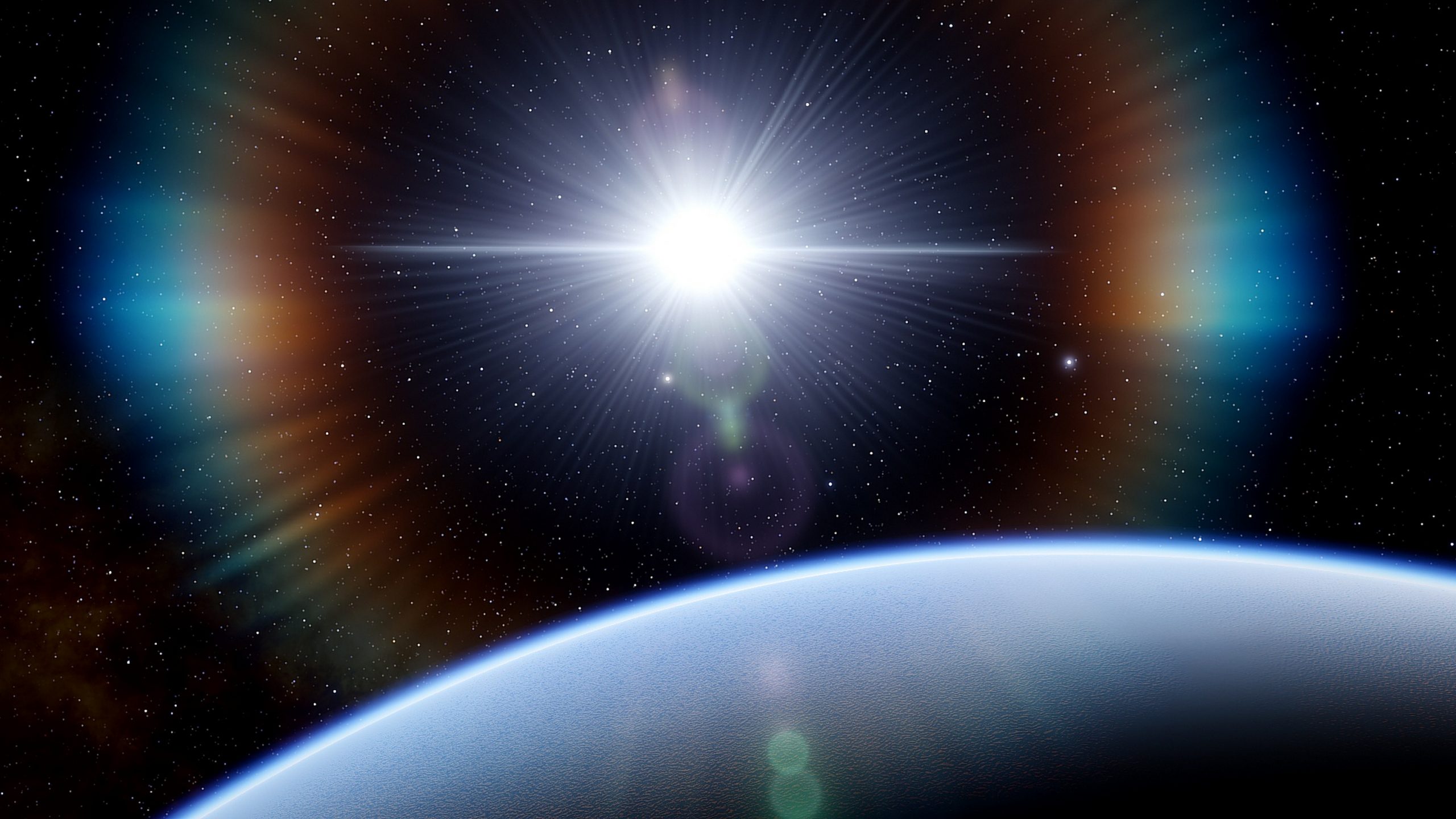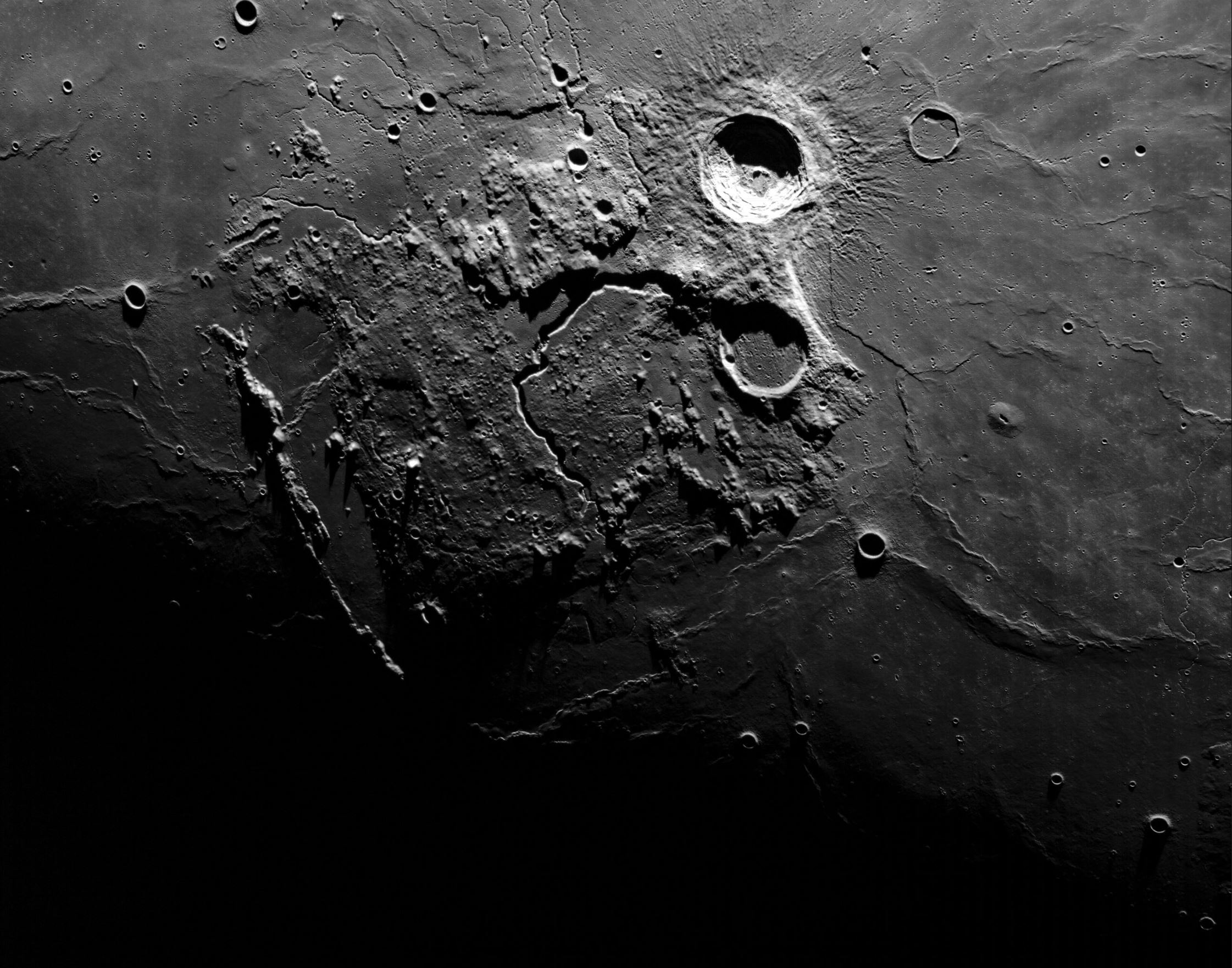China is preparing to launch an advanced space telescope designed to compete with some of the most powerful observatories in orbit today. The Chinese Space Station Telescope (CSST) is set to expand the boundaries of astronomical research with cutting-edge capabilities, offering an alternative to NASA’s James Webb Space Telescope (JWST) and Europe’s Euclid mission. Unlike its counterparts, CSST will have a unique advantage—it can be serviced and upgraded while in orbit, potentially extending its operational lifetime for decades.
What Makes CSST Stand Out?
Set to launch no earlier than 2026, CSST will be equipped with a 2-meter primary mirror, slightly smaller than the Hubble Space Telescope but offering a field of view 300 times larger. This means it will capture vast sections of the sky in a single exposure, making it ideal for large-scale surveys. Covering wavelengths from near-ultraviolet to near-infrared, CSST will provide a broad perspective on the universe’s structure and evolution.
Its primary research goals include:
- Mapping dark matter distribution – Using weak gravitational lensing, CSST will detect subtle distortions in light caused by intervening galaxies, helping scientists refine models of dark matter.
- Studying the cosmic web – By analyzing galaxy clusters and voids, the telescope will provide insights into how dark energy influences the large-scale structure of the universe.
- Tracking supernovas and baryon acoustic oscillations – These cosmic phenomena serve as measuring tools to better understand the universe’s expansion history.
A Space Observatory with a Unique Edge
One of CSST’s most notable features is its association with China’s Tiangong space station. Unlike other space-based telescopes that are left to degrade over time, CSST’s orbit will bring it within reach of Tiangong, allowing astronauts to perform maintenance, upgrades, and instrument swaps. This flexibility could give it a significant edge over other observatories, ensuring it remains technologically competitive for years.
With the addition of CSST, the next generation of astronomical research will be shaped by an array of world-class observatories working together. NASA’s Nancy Grace Roman Space Telescope, the Vera C. Rubin Observatory, and Euclid will all contribute unique perspectives on the cosmos, while CSST’s expansive field of view and serviceable design will enhance long-term studies.
The coming years could bring breakthroughs in our understanding of dark matter, dark energy, and the fundamental forces shaping the universe. As China finalizes its launch timeline, astronomers worldwide are eager to see how CSST will fit into the evolving landscape of space exploration.











